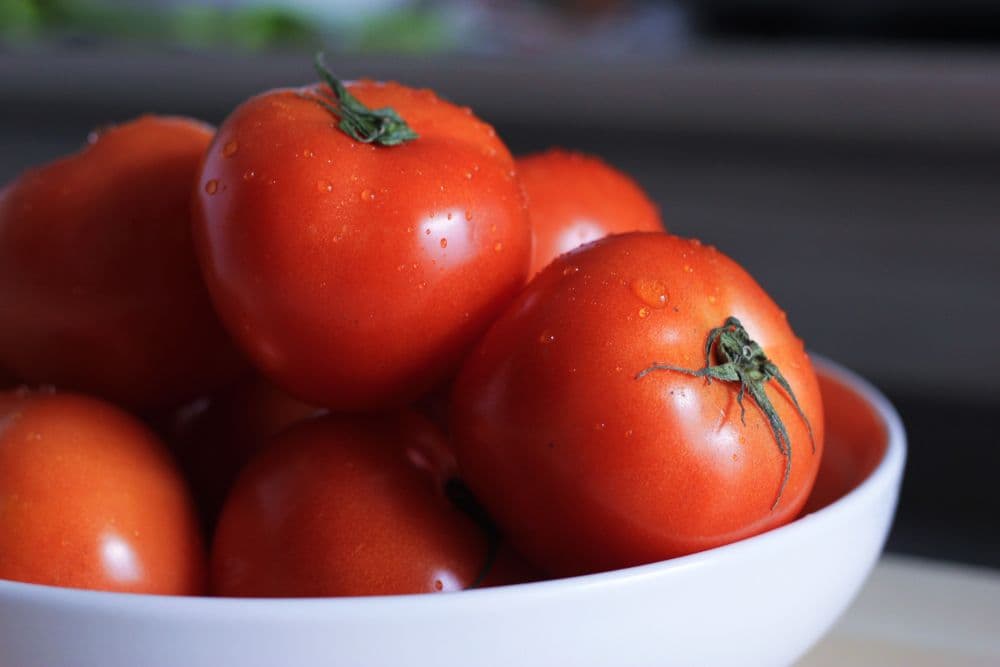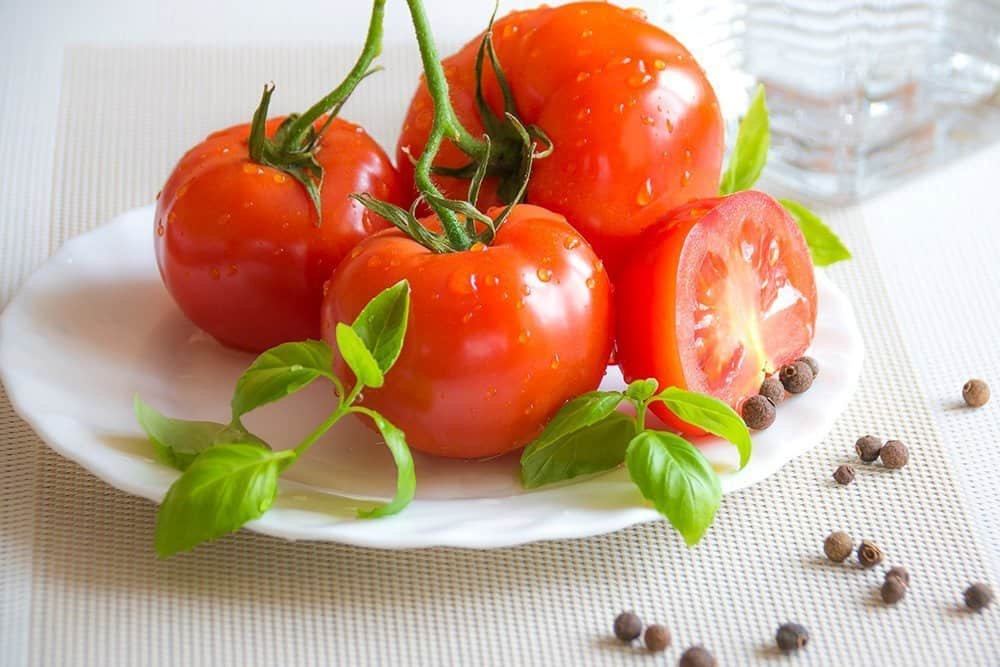Homemade tomato sauce from the tomatoes you harvest in your garden is best known for its flavor. You may also can them for future use. The sauce is going to have an abundance of flavor. THE 10 TYPES OF TOMATOES THAT ARE IDEAL FOR MAKING TOMATO SAUCE There is a wide variety of tomato varieties. The following is a list of some of the best tomatoes to produce if you intend to make tomato sauce.
- SAN MARZANO
The San Marzano tomato has been a renowned heirloom variety in Italy for more than a century. Due to the minimal amount of water that it contains, this tomato is ideal for making sauce. This indicates that you will need to cook these tomatoes for a shorter amount of time to achieve the desired thick consistency for tomato sauce. San Marzano tomatoes are favored by chefs because they have more flesh than other varieties of tomatoes and fewer seeds, both of which are necessary for naturally thickening the sauce. If you want to grow San Marzano tomatoes in your backyard garden, you should look for a spot that gets enough sun but is still protected from the wind. Because of their requirement for warmth, many people opt to cultivate these plants in greenhouses or containers instead. Expect a harvest sometime between the middle of June and the beginning of October.
- ROMA
It is difficult to find a more traditional tomato than the Roma variety. This well-known tomato is most often employed in the production of tomato paste and sauce, both of which provide delectable foundations. The flesh of Roma tomatoes is dense, firm, and contains very few seeds. If you wish to make sauces using solely vine-ripened tomatoes, like Romas, you can run into some challenges if you try to use them exclusively. Because only a few fruits are ripe at any given time, you will need to either freeze the tomatoes or wait until a later period to make the sauce if you do not have multiple plants of the same kind that are producing at the same time. One advantage of Romas is that they are resistant to a variety of diseases, to a greater or lesser degree.
Even though they do well in greenhouses and containers, the most optimal conditions for their growth are outside in the sun. If you do not provide adequate support for these plants, the vines may break off before the fruit is fully mature.
- GIULIETTA
Large and egg-shaped, the Giulietta tomato is an Italian plum variety that bears fruit from July through September. It thrives in controlled environments such as greenhouses and cool temperatures, as well as sunny locations outside. Giulietta tomato plants often grow to be rather tall, reaching heights of up to six feet on average. This is something to keep in mind. To keep them from toppling over on the ground, they need to be staked. The plants can grow in any direction, resulting in substantial harvests.
- SUPER ITALIAN PASTE
One more Italian heirloom tomato, this one yields fruits that are reddish-orange and have thick, meaty flesh with relatively few seeds. The fact that these two things go so well together explains why tomato sauce made with them is so popular. These are vining tomatoes, and their fruit matures at different times throughout the season. They do well in containers, but if you want to use them as the major base for your tomato sauce, it is advisable to grow several of them and begin the process at different times so that you may space out your harvest. They grow well in containers. The most significant issue with Super Italian Paste tomatoes is that they are predisposed to developing blossom end rot, which is brought on by a lack of calcium in the soil. If you keep the plants in an environment that is excessively damp, late blight will appear on them.
- VIVA ITALIA
This type of tomato is highly recommended for preparing sauce by a great number of cooks and gardeners. The flavor of Viva Italia cherry tomatoes is already very good when they are raw, but it even improves when they are cooked. This makes them a perfect choice for any situation. This cultivar thrives in warmer areas, as the heat brings out its best qualities. After planting your seeds in the spring, you should wait around three months before harvesting your first crop. It is a plant that is simple to cultivate and is suitable for growing in both in-ground gardening and containers. Be careful to offer a stake or some other kind of support system for the best possible growth.
- BIG MAMA
The term "Big Mama" gives some clues as to the size and disposition of the tomato variety known by that name. Tomatoes are produced in large quantities by these plants, and the first fruits typically ripen between 90 and 110 days after the seeds are planted. After being boiled, the skin on Big Mama tomatoes has a lemon-like form and is very simple to peel. Because of this, utilizing these fruits to simplify the preparation of tomato sauce is made considerably simpler. Peeling tomato peels is never a pleasurable task. This type of tomato is popular among chefs because it has a high flesh density and very few seeds. However, because it contains a greater amount of moisture, it must be boiled for a longer period or it must be utilized in soups. Be sure to provide sufficient support for the plants, as they are not particularly little, and failing to do so may result in their toppling over. If adequate drainage is not present in the soil, the plant will not develop to its full potential.
- AMISH PASTE
The form and consistency of Amish Paste tomatoes are remarkably comparable to those of Roma tomatoes. They are a traditional type of tomato paste with flesh that is solid and meaty and contains very few seeds. The Amish Paste tomato, in contrast to the Roma tomato, has a flavor that is both sweeter and more vibrant, and some people find that this gives their sauce a better overall taste. At least 150 years have passed since these tomatoes were first grown, and their origins may be traced to Amish villages in Wisconsin and Pennsylvania. The Amish designed this tomato to be the ideal tomato for canning, so you know it's a good option if the community that prides itself on being the most self-sufficient favors it. These paste tomatoes can reach a maximum weight of 12 ounces, which is regarded to be on the larger side for this type of tomato. Because of their size, the plants need to be staked. After 90 days after transplanting, you should start thinking about harvesting.
- COSTOLUTO GENOVESE
Another Italian cultivar that works wonderfully for making tomato sauce is presented here. Tomatoes from the Costoluto Genovese variety are renowned for having a robust flavor, which makes them an excellent choice for slicing tomatoes to be used in sandwiches as well as sauce tomatoes. Additionally, Costoluto Genovese has a high acid content, which makes it simpler to safely can the product. The tomatoes can weigh up to eight ounces and have substantial lobes and flesh that is dense and meaty. The harvest from these plants should be expected approximately 80 days after they have been transplanted. As a result of the fact that this particular variety is indeterminate, it keeps growing during the entire growing season.
- OPALKA
The Opalka tomato is a Polish heritage variety that is renowned for having a more robust and complex flavor profile than other paste tomatoes. Because they have few seeds, rich meat, and powerful flavor, these tomatoes are ideal for producing tomato sauce because they are so versatile. Tomatoes from the Opalka variety are excellent for processing since they hold up well under the conditions of the procedure. They resemble a pepper in that they are lengthy and can grow to be up to six inches long. Because this tomato plant is indeterminate, the fruit will mature at different times throughout the season. After the plant has been transplanted, the development of the fruits on the plant takes approximately 85 days.
- JERSEY GIANT
If you can track down this heirloom paste tomato variety, you will not be disappointed with the results of your gardening efforts if you do so. Tomato plants that are Jersey Giant varieties offer high yields, and the tomatoes themselves are approximately six inches in length. This New Jersey canning tomato has meaty, rich flesh that is far more flavorful than the paste varieties of current tomatoes. Because the fruits have so few seeds, it is even simpler to achieve the correct consistency when preparing tomato sauce with them. If you come across these plants or seeds, be aware that Jersey Giant tomatoes have an unpredictable growth pattern and begin producing fruits eighty to ninety days after they have been transplanted. CONCLUSION Make sure you plant some of the best diced tomatoes for making tomato sauce if you are going to go to the trouble of cultivating tomatoes to make your sauce. These cultivars feature meaty, rich flesh with fewer seeds than other varieties, which is the ideal combination for producing sauce with the desired thickness. Make it a point to test out a few of these options.





0
0